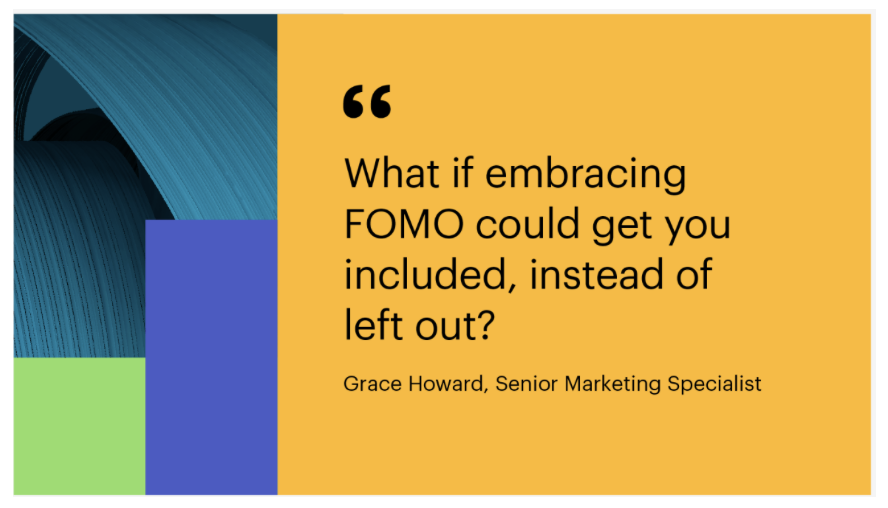Is your intent data fit for purpose in Europe?
Most of the world is heading down a one-way street toward GDPR-style privacy regulation. But the road in question is long, and speed of travel is variable. This opens up challenges along the way.
In this blog post, we’ll look at one in particular: the question of what happens when US-based ABM platforms can’t supply their European customers with locally compliant intent data.
In North America, ABM platforms, and their bundled data sources, typically generate a flood of intent data for use in ABM campaigns.
However, for companies in Europe that have either selected the wrong ABM platform (or had it selected for them by marketing HQ in North America), the flood is reduced to a trickle. Building Target Account Lists (TALs) for ABM campaigns under these circumstances becomes impossible.
The problem is simple: many US ABM platforms lack a source of GDPR-compliant data that detects behavioural signals among B2B buyers in Europe.
Given the costs of compliance, this is not a problem these vendors are likely to tackle any time soon. For European ABM teams struggling with this problem, there’s only one solution: find a platform that can supply compliant local data, generated by local sources. For subsidiaries of US corporations operating in Europe, this may well involve augmenting an existing global platform provider with an alternative that will turn that trickle into a flood of compliant regional intent data.
How big is Europe’s intent data problem?
The intent-based datasets that cause problems for European ABM practitioners are based on bidstream data, generated by programmatic ad exchanges where advertisers buy digital advertising inventory.
The process exposes information about both the user and the content they’re consuming. In the US, it’s not unusual for outsiders to pull this data from ad exchanges, harvesting it without user consent. From the ad exchange, these datasets make their way into the market for third-party intent data.
In the US, bidstream data remains widely exploited. In Europe, bidstream data continues to be harvested, but GDPR effectively prohibits selling on the contact details behind the data. For obvious reasons, this drastically limits the extent to which European marketers can exploit bidstream data collected in Europe. It also explains why the flood of bidstream data visible on ABM platforms in North America still frequently turns into a trickle in Europe.
For a couple of years now, we’ve been looking at the results of our annual survey of ABM trends worldwide and wondering whether the anecdotes we hear about intent data in Europe are reflected in the findings.
Our surveys tell us that European ABM teams are enthusiastic users of intent data, but sometimes struggle to use it successfully.
First, let’s look at European enthusiasm for intent data. According to our most recent survey, almost two-thirds (62%) of European ABM teams use intent data to generate TALs for use in ABM campaigns. (That’s a higher proportion than North America, where 50% are using intent data for these purposes.)
Yet the same survey also tells us that European practitioners face significant challenges with intent data.
Notably, these challenges don’t occur in the downstream phases of ABM activity. Indeed, when it comes to campaign orchestration and engaging accounts, the proportion of European practitioners who regard these aspects of their ABM as challenging is typically smaller than the global average.
In Europe, the big pain points lie upstream, precisely where intent data makes its biggest contribution. In particular, end-user pain tends to cluster around prioritising accounts for ABM nurturing (a challenge for 49%) and creating TALs (a challenge for 35%).
European respondents are also less likely than their counterparts in North America and Asia to use scored intent data to prioritise accounts (in Europe only 26% strongly agree that they do this, compared with 44% in North America). The European marketers we surveyed are also less enthusiastic about using intent data to identify which content should be served within campaigns.
Correlation isn’t causation. Nevertheless, we’re increasingly convinced that these pain points are associated with failed attempts to use bidstream-based intent data.
Finding a solution that works in Europe
For European marketers struggling with bidstream intent data bundled with a US ABM platform, the solution involves making the transition to a platform – like Foundry – that can provide the necessary volumes of compliant intent data.
The intent data that Foundry supplies to users of its platform in Europe is 100% non-bidstream and GDPR compliant. It’s our own first-party data, derived from our parent company Foundry’s proprietary publishing, events and content syndication businesses. Our intent data is also human verified, which is another way of saying that users have consented to its use in a way that’s GDPR-compliant while registering to read content, watch a webinar or attend an in-person conference. It’s also structured so that you can use it to identify individual prospects as well as accounts showing high levels of intent. As you’d expect, we enrich our own data with compliant add-ons from social media, blogs, and job boards. We make all of our data feeds easy to use – without expert analytics assistance – within Foundry itself.
If your organisation has rolled out a non-compliant platform in Europe as part of a global deal, making the transition to a compliant ABM platform for regional use may involve internal negotiations. In many cases, the sales organisation can become a valuable ally in these negotiations.
Other questions to explore include the extent to which any new solution for Europe will need to interface with other parts of your organisation’s global martech stack. In addition, efforts are already under way inside many large and medium-sized organisations to consolidate SaaS subscriptions as markets slow down. Particularly if the finance organisation is involved in a similar initiative inside your organisation, European ABM teams can expect to have to demonstrate the opportunity costs of the failed solution alongside the anticipated benefits of the new solution.
Marketers planning to adopt an ABM platform for use in Europe should test the intent data coverage that comes bundled with each platform. (You can do this by asking your supplier to run coverage tests in the territories you care about.) Where you see plenty of data returned against queries on the platform, this suggests the presence of GDPR-compliant data collection methods (i.e. not based on bidstream data). However, where the flow of data for Europe becomes a trickle, you are most likely dealing with a data provider that is not GDPR-compliant, and who may be using bidstream data.
Beyond compliance: other reasons to avoid bidstream data
In conversations about test results with different vendors, it’s worth being aware of a few additional issues with bidstream data.
For example: carrying out tests of the kind we have just described will allow you to assess the volume of intent data, but not its quality. In this area, too, bidstream data tends to underperform. Because of the limitations of ad exchange architecture, it tends to include a significant number of false positives (in other words, it frequently identifies intent where there is none).
Internal research we have conducted here at Foundry confirms the wide variances that exist between different sources of intent data. Third-party intent data sold by publishers like Foundry, generates far fewer false positives precisely because it is human-verified, which means we can more accurately interpret user behaviour and restrict the volume of false positives.
Our research tells us that our intent data typically generates in-market account discovery at 2-3X the rate of intent data from one of our closest rivals. All other things being equal, we also know that the deals generated by our intent data are on average 50% larger than those generated by that same rival.
Another potential issue with ABM datasets is whether they can supply you with more than account-level information generated by IP matching. For example: your third-party intent data might suggest that a specific Fortune 100 company in a specific location is very interested in securing their edge computing infrastructure. In theory, this is excellent news. But this news only becomes actionable if accompanied by a named contact (or a selection of them). In the absence of this, your sales team will find it challenging to identify which of the hundreds of potential decision-makers at Company X is leading that effort to secure the company’s edge infrastructure.
These might look like knotty subtleties. But the quality of the intent signals you use to generate leads really does matter. Using the right data from the very start allows you to maximise the yield of high-quality leads ready for sales activation.
Have your ABM campaigns in Europe been affected by poor quality intent data? If so, get in touch to request a demo from Foundry: we stand ready to help your organisation migrate to an ABM platform that enables efficient and effective campaigns in European B2B markets.






